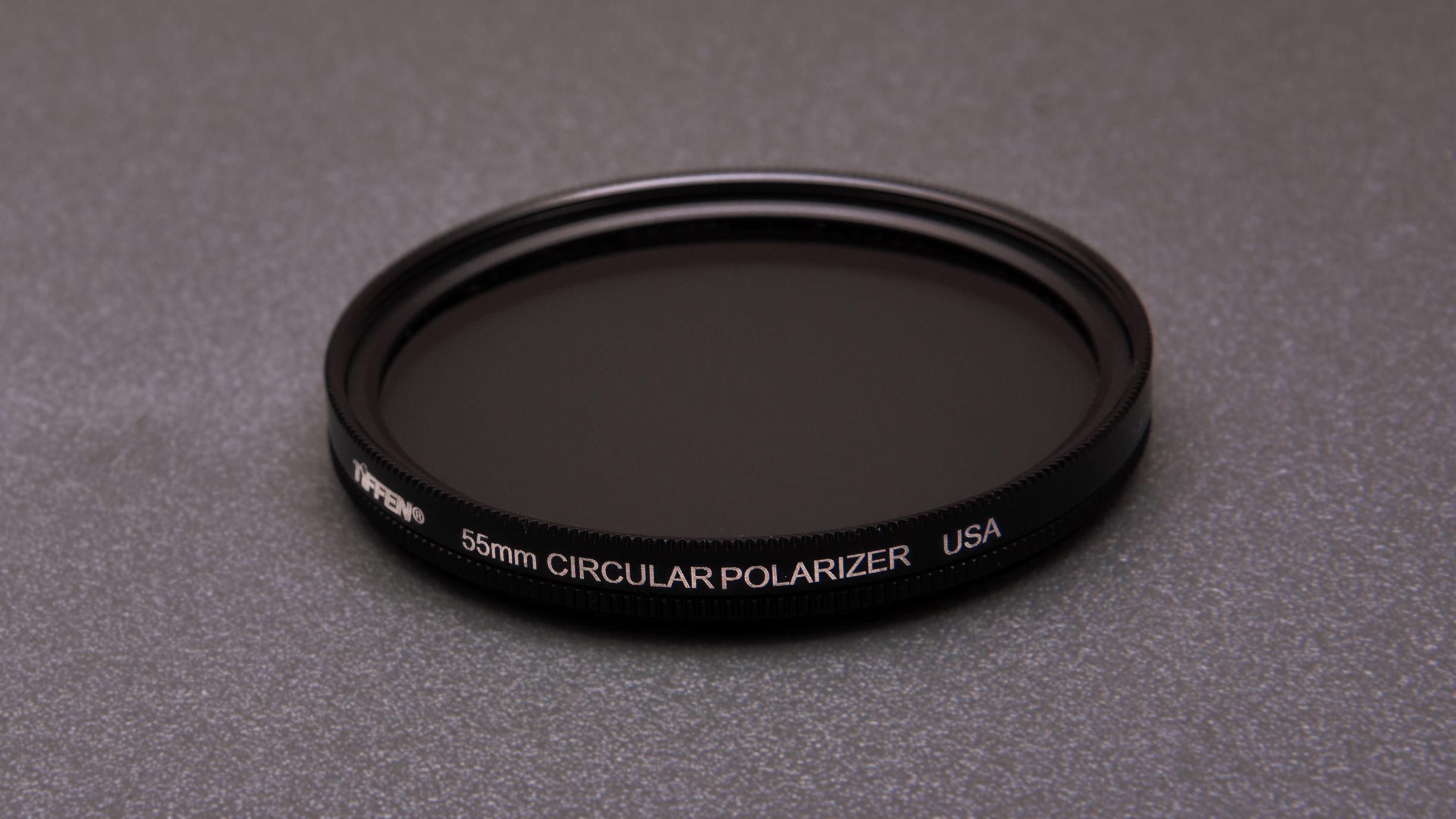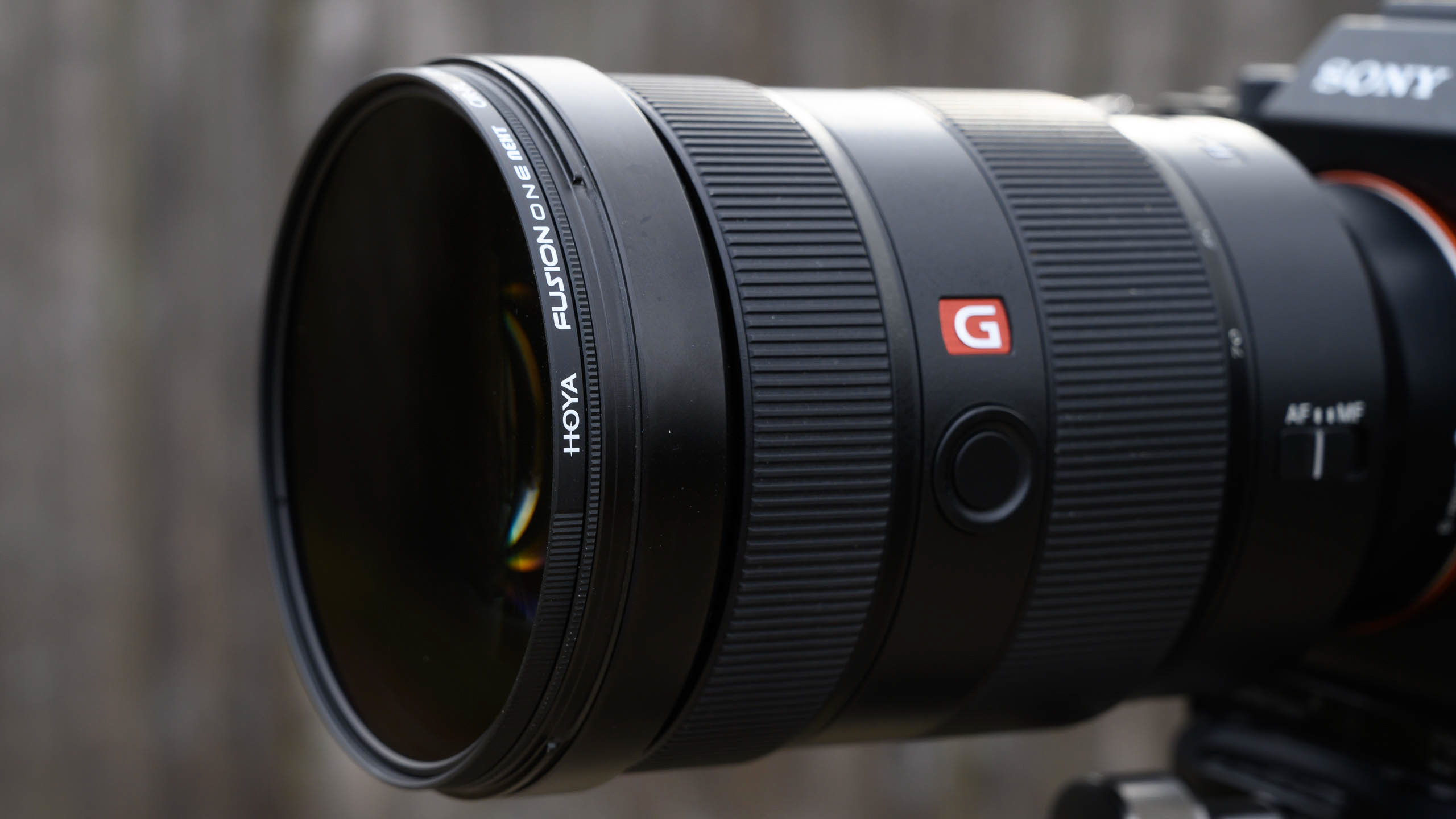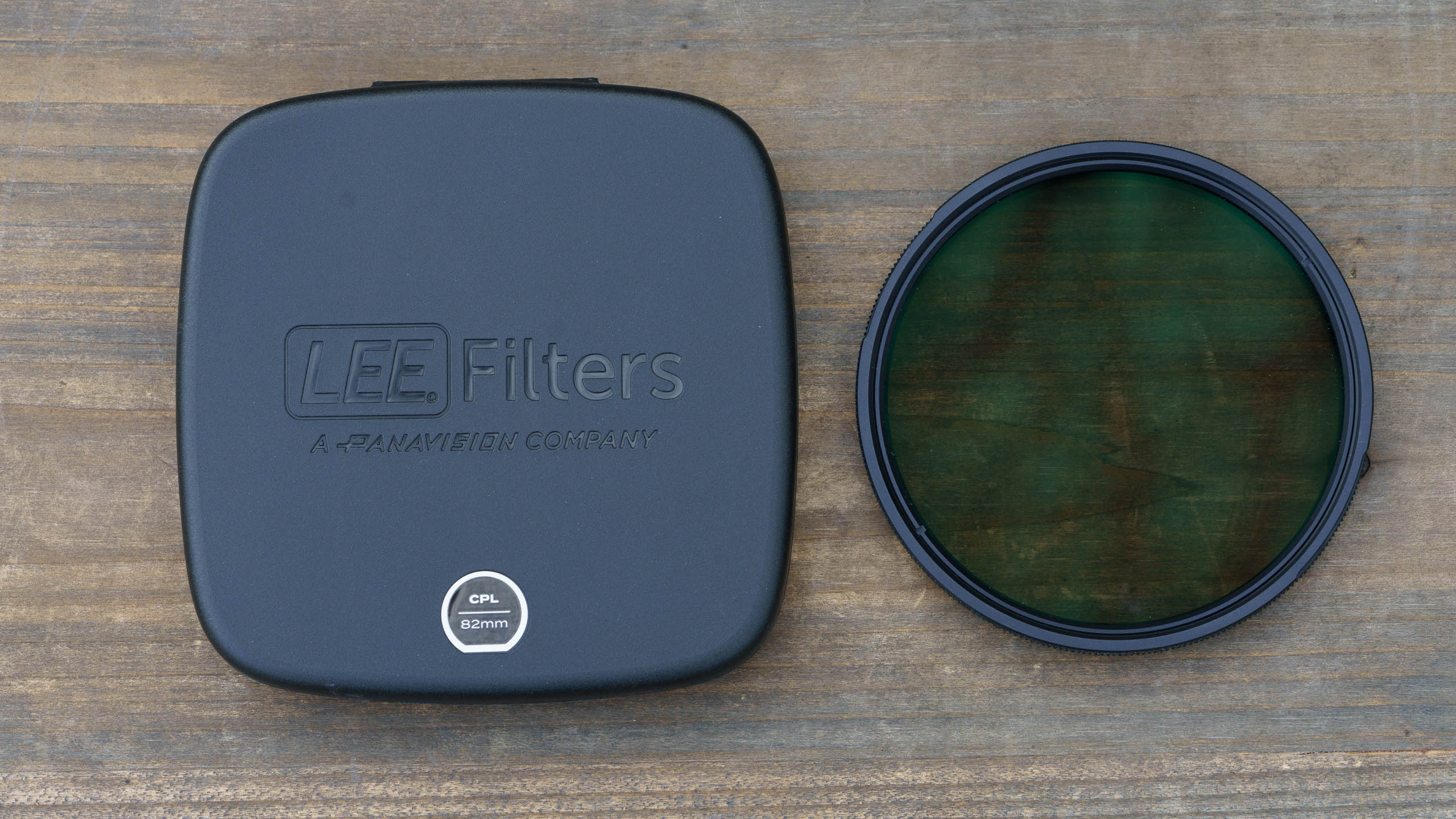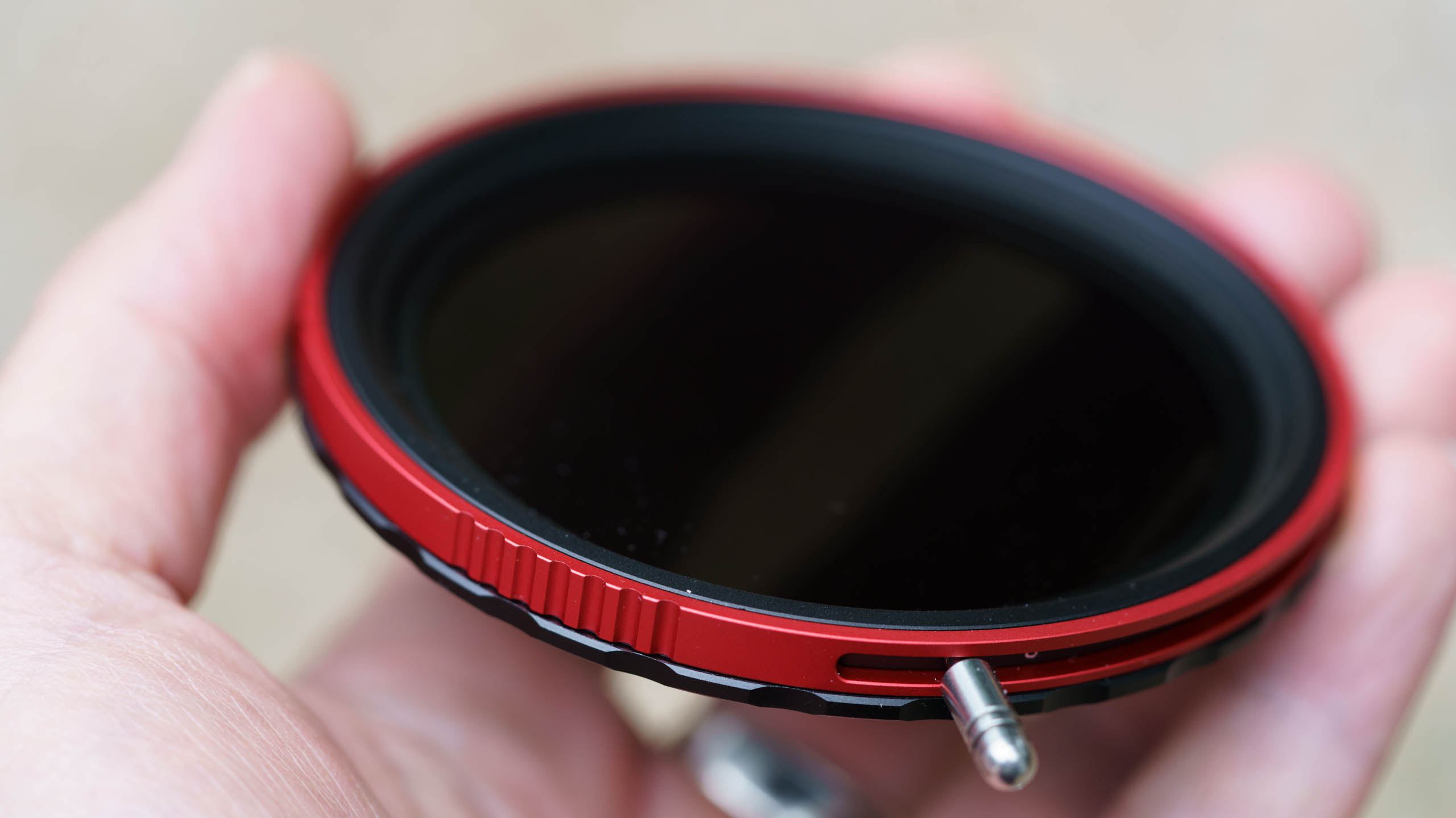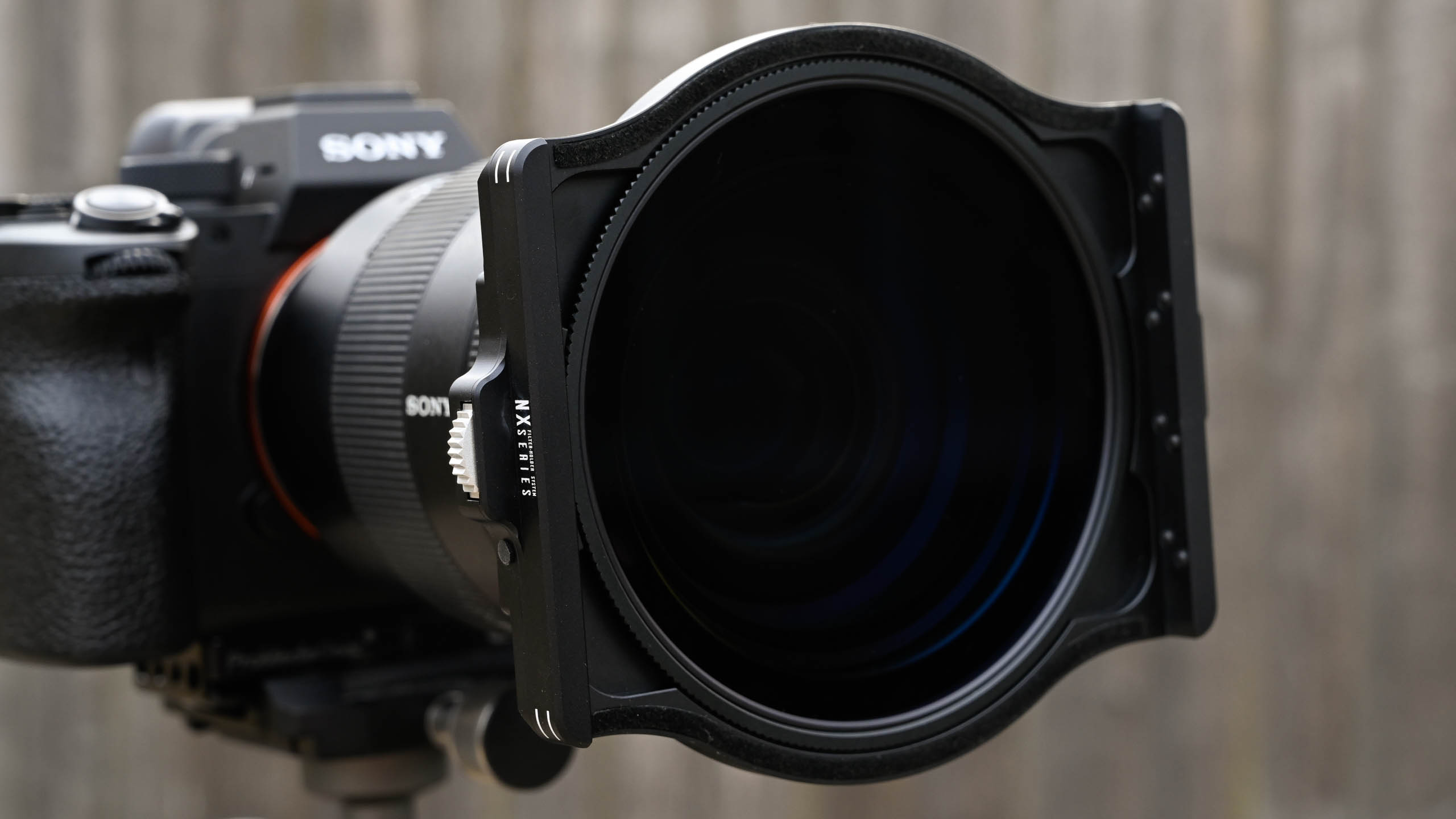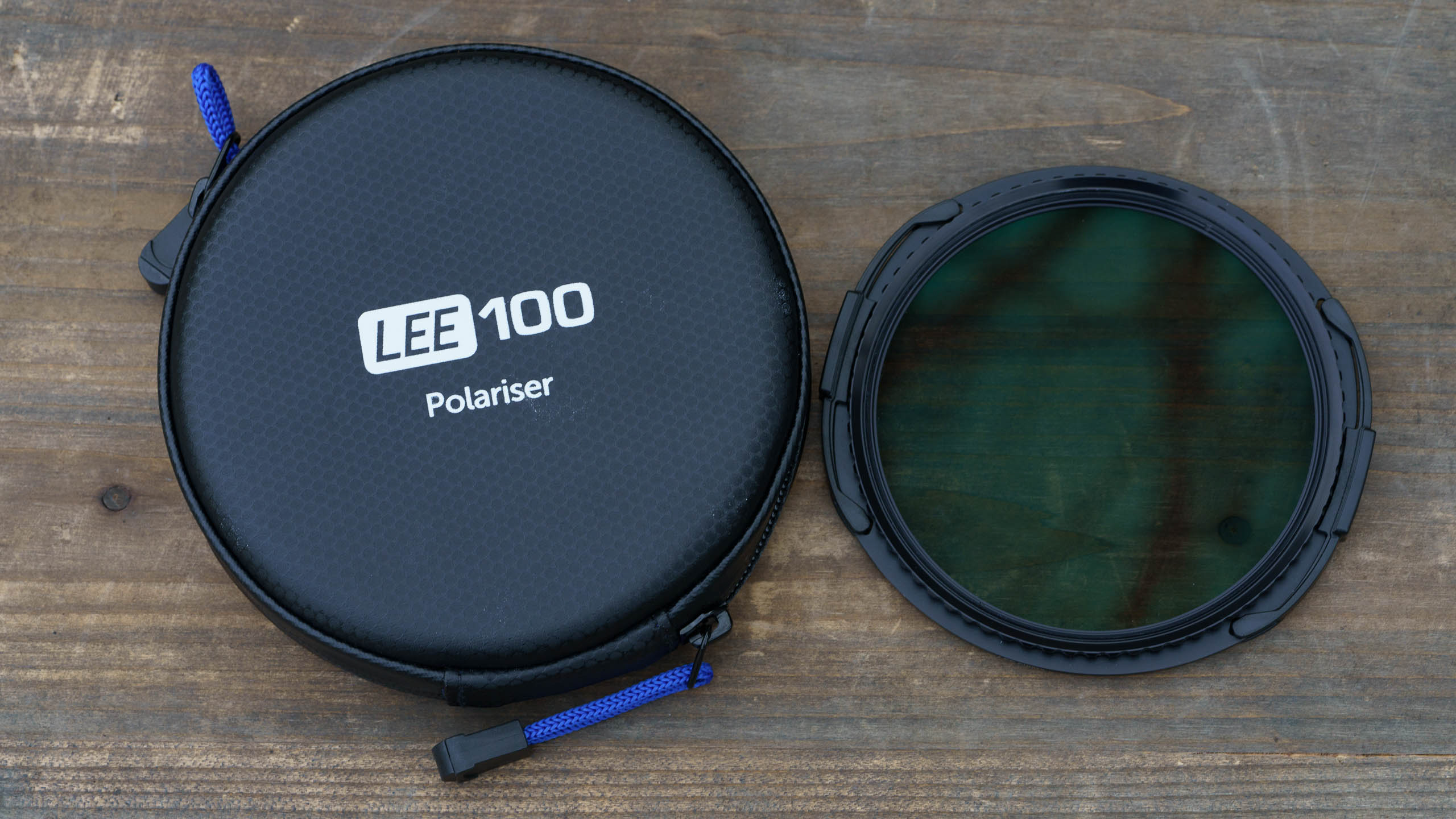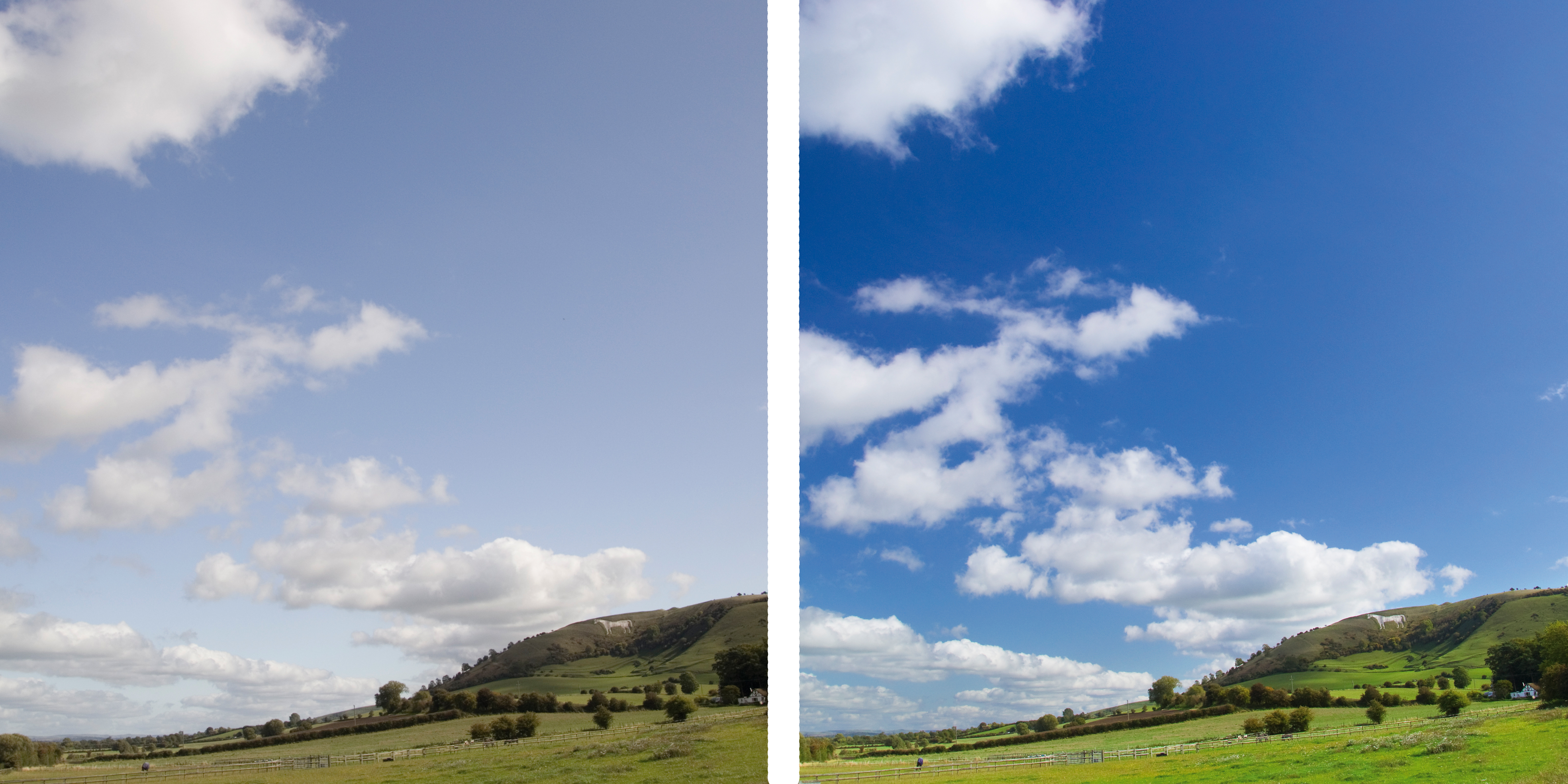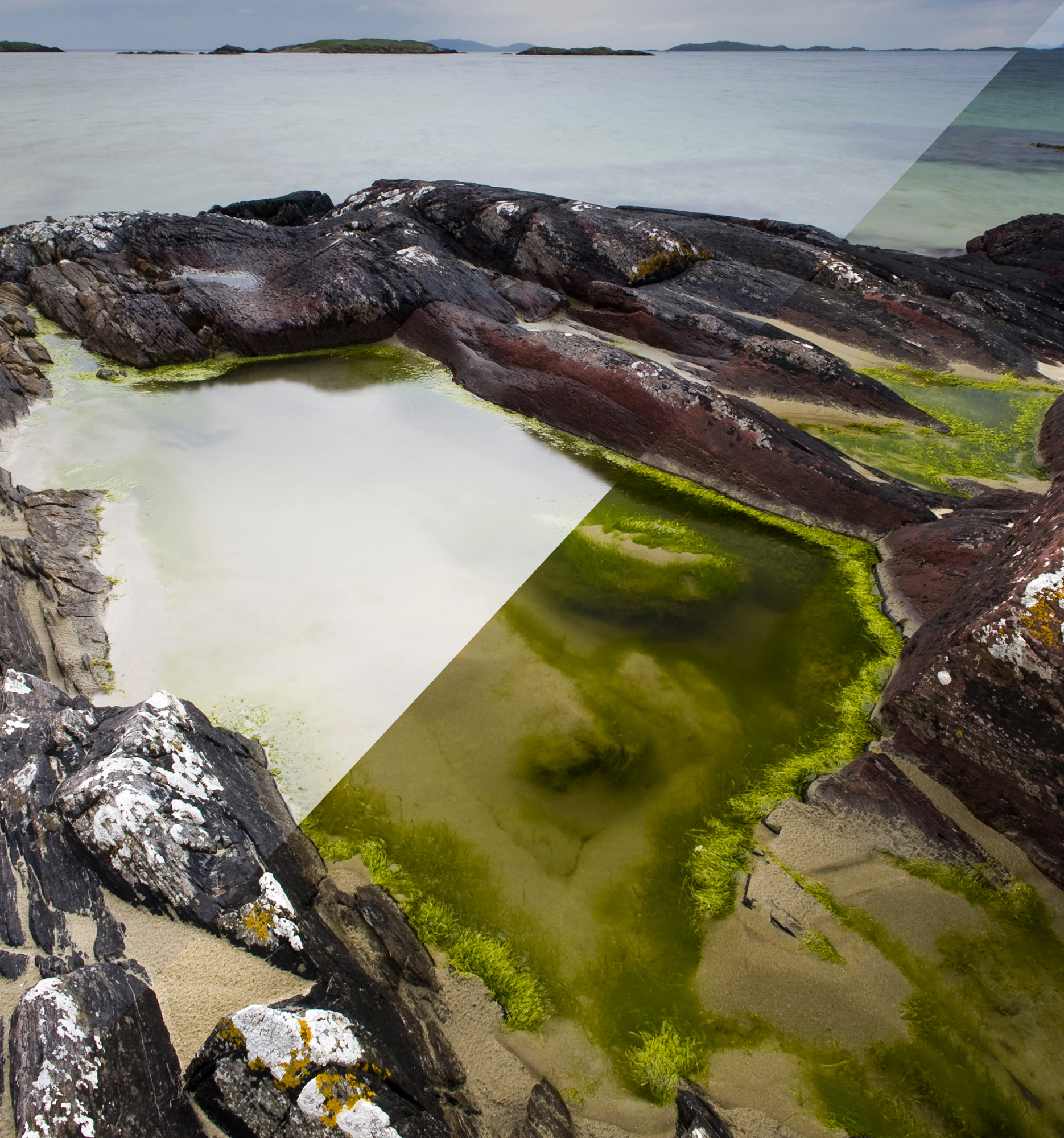The best polarizing filters in 2025: top circular polarizers for landscape photographers
The best polarizer filters are a must for reducing reflections, boosting color and contrast, and adding punch to dreary skies

Polarizing filters are a practically essential tool for outdoor photography. Polarizers, as they're commonly known, boost the vibrancy and contrast in your images by reducing unwanted reflections and cutting out haze in the sky. It's an effect that can't be replicated easily with digital tools, which is why a polarizer is such a good buy for pretty much any outdoor photographer.
Essentially, a polarizer cuts out certain light waves, reducing glare and haze from sunlight, thereby resulting in richer colors and better clarity (see examples below). Cutting out reflected light also enables you to capture the character and color of water with much more depth, which is hugely useful for photographing rivers, lakes and seas.
Even if you're using some of the best photo editing software, this is a difficult effect to achieve digitally. Much like the best neutral density filters, polarizers have stayed enduring popular in the digital age because they do something unique that happens at the moment of capture. In this guide, I've picked out the polarizers that have truly impressed our testing team – read on to see my picks.

Ben is the Imaging Labs manager, responsible for all the testing on Digital Camera World and across the entire photography portfolio at Future. Our go-to guy for technical insight, Ben is an expert at assessing the quality of photographic filters.
The quick list
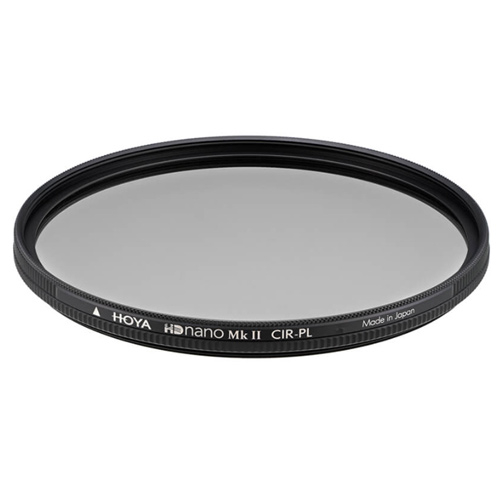
This HD Nano Mk II filter is a simply superb circular polarizer. Build quality is epic, the glass is toughened and the nano structure coatings are hard as nails.
Read more below
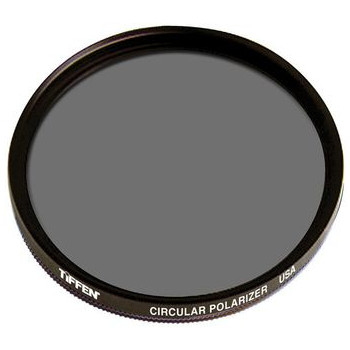
Cheaper than many others, and available in a range of sizes, Tiffen's Circular Polarizer Filter offers good transmission and sharpness, with just a slight cool cast.
Read more below
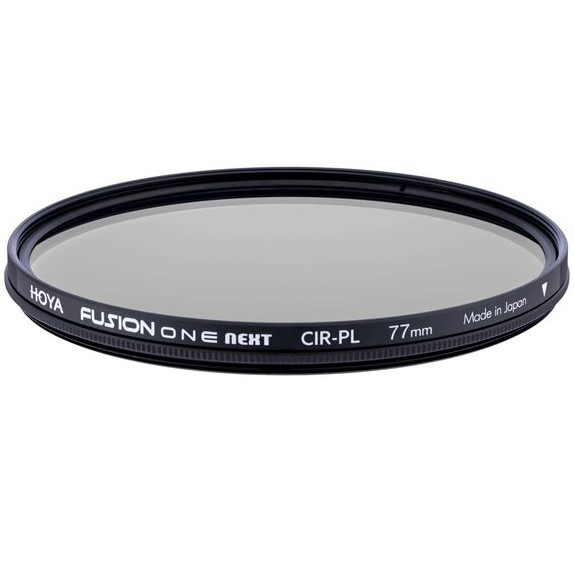
A top-quality performer that impressed me for its overall value for money – and is available in an impressive range of ring sizes.
Read more below
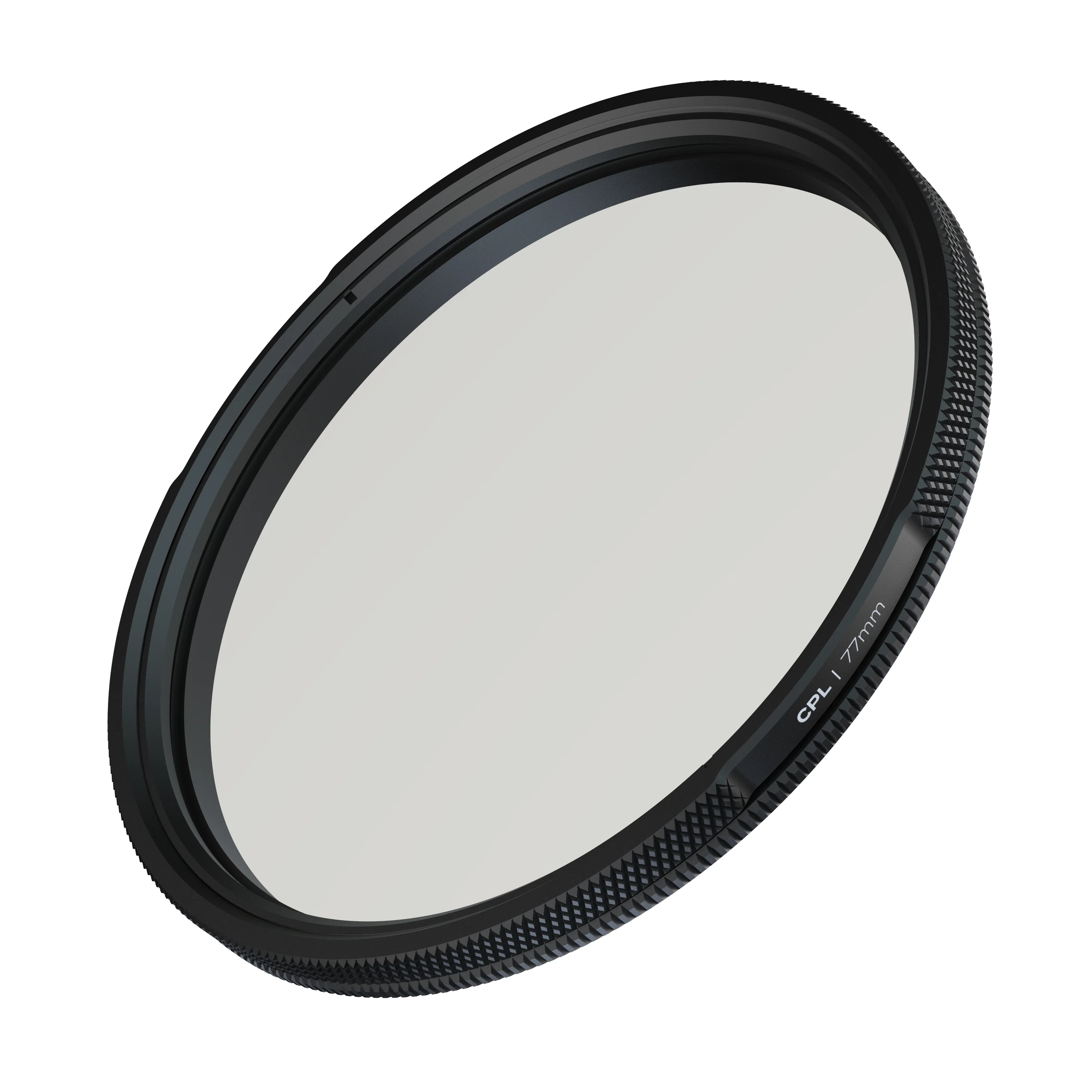
Lee Filters were once only available as part of a holder system. Now Lee has produced this superb screw-in polarizer, which has been well worth the wait – and money.
Read more below
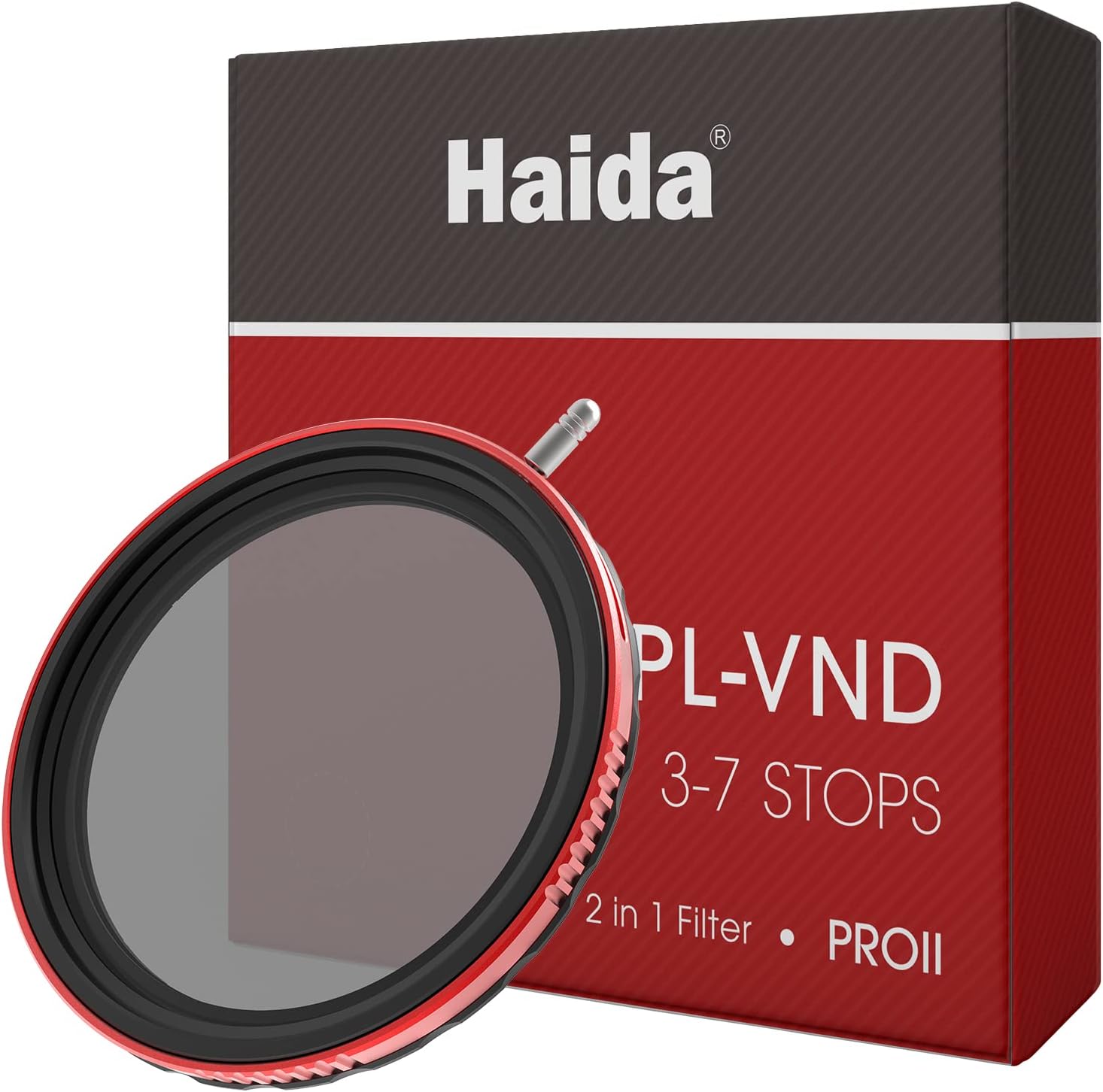
Cleverly combining a circular polarizer and variable neutral density filter in one, this innovative product saves time and money.
Read more below
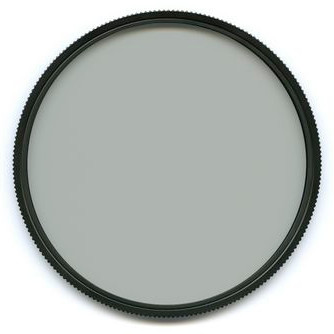
If you're already using the Cokin NX slot-in filter system, picking up this polarizer is a no-brainer. It can be used with super-wide lenses and has an intuitive control system.
Read more below
View the full list ⤵
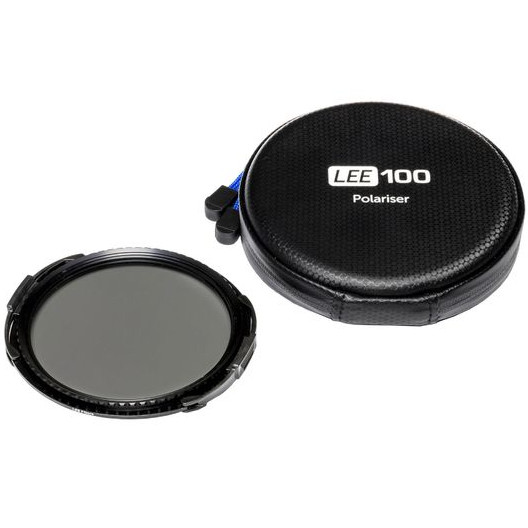
Working as part of the Lee100 filter system, this circular polarizer can be clipped to the front of a square Lee holder via an adapter, allowing for simple stacking.
Read more below
The best polarizing filters
Why you can trust Digital Camera World
Best all-round
Specifications
Reasons to buy
Reasons to avoid
✅ You want epic build quality and durability that's resistant to scratches
✅ You want high light transmittance; this filter allows 25% more light to pass through than most
❌ You're on a tight budget, as all this comes at a cost
❌ You have a Cokin or Lee slot-in system; there are better options below
The Hoya HD Nano Mk II CIR-PL is a high-tech polarizing filter constructed from robust, shatter-resistant glass, featuring no less than 16 layers of advanced nano-structure coatings on each side. These coatings make the filter exceptionally durable and are claimed to offer double the resistance to scratches and stains compared to conventional filters. It is housed in a sleek, low-profile black anodized aluminum frame, designed to minimize vignetting when used with wide-angle lenses.
The filter comes in a wide array of popular sizes to fit various diameter lenses. In terms of performance, it effectively enhances color saturation and vibrancy, reduces unwanted reflections from non-metallic surfaces, and deepens the richness of blue skies, all without introducing a color cast. Light transmittance is particularly effective, allowing 25% more light to pass through than most standard circular polarizers, which translates to about half an f-stop of brighter light. This is particularly beneficial for maintaining faster shutter speeds in challenging, low-light conditions.
Needless to say, all this demands a premium price tag, but its superior performance and exceptional durability make it a worthwhile investment for serious outdoor photographers.
See our full Hoya HD Nano Mk II CIR-PL review
Best for most users
Specifications
Reasons to buy
Reasons to avoid
✅ You want a well-performing filter that is highly effective, even in challenging lighting conditions
✅ You want a good-value filter backed by a 10-year warranty.
❌ You're bothered by a slightly cool color cast that may require correction in post-processing
❌ You want the best of the best; you can get even better if you're prepared to pay more
The Tiffen Circular Polarizer filter is made from ColorCore Glass, which Tiffen says helps ensure accurate and consistent color reproduction. Indeed, I found it performed well, even under tricky lighting conditions and overcast weather, where it helped bring back color to the sky and made small details in the scene more prominent.
The filter's design includes an aluminum ring that provides a secure grip, making it easy to attach and remove from lenses, although it is perhaps a little thicker than some competitors. I did find it produced a slightly cool color cast, although this can be easily and quickly corrected during post-processing.
The filter is surprisingly affordable considering its feature set, making it a cost-effective option for photographers of all levels. All this is backed by a 10-year warranty, providing an extra layer of assurance for a long-term investment. Overall, it offers good performance at a very reasonable price point.
Read our full Tiffen Circular Polarizer review
Best value
Specifications
Reasons to buy
Reasons to avoid
✅ You want a filter at a good price point while providing professional-grade optical glass
✅ You want effective performance and coatings to reduce flare and ghosting
❌ You're worried about the potential for overtightening
❌ You're bothered by a color cast that can produce a slight image-warming effect
An update of the original Fusion One series, the Hoya Fusion One Next Cir-PL polarizing filter strikes a good balance between affordability and quality. It is constructed with professional-grade optical glass and an 18-layer coating designed to minimize flare and ghosting, offering effective performance without the premium price tag of higher-end filters.
It is available in 13 different sizes, making it compatible with a broad range of lenses, and has a low-profile filter ring to minimize vignetting, which is useful even for super-wide shooting. A front screw allows stacking with other filters, such as a UV or protection filter, if so desired.
While it is easy to use and lightweight, its frame construction and rotation may not be as refined as its more expensive counterparts, and care needs to be taken not to overtighten it. I also found that the filter reduces light transmission by approximately 1.3EV, which requires camera settings to be adjusted accordingly, and it can produce a slight image warming effect, although this can be easily corrected in post-processing.
See our full Hoya Fusion One Next Cir-PL review
Best money can buy
Specifications
Reasons to buy
Reasons to avoid
✅ You want excellent quality and performance; this is a top-notch product
✅ You want durable construction of aluminum alloy and high-end optical glass with multilayer nano coatings
❌ You need a size other than 67mm, 72mm, 77mm, and 82mm
❌ You're on a tight budget, as this is one pricey filter
For a long time, Lee Filters were only available as part of a holder system. However, in 2021, the company came out with the Elements series – circular filters designed to be quickly attached to and detached from a lens without the need for a holder.
The Lee Filters Elements Circular Polariser filter features superb build quality, constructed from an aluminum alloy and high-end optical glass. Multilayer nano coatings make it durable and easy to clean. The low-profile design of the filter helps to minimize the risk of vignetting, particularly when used with wide-angle lenses, and the included protective case further adds to the product's overall value.
However, it is only available in four sizes: 67mm, 72mm, 77mm, and 82mm, and there's no denying that it's an expensive product. While pricey and limited in size options, the Lee Elements Circular Polariser is a high-quality product offering excellent optical performance.
See our full Lee Filters Elements Circular Polarizer review
Best combined filter
Specifications
Reasons to buy
Reasons to avoid
✅ You want the dual functionality of a circular polarizer (CPL) and a variable neutral density (VND) filter in one
✅ You want a design that includes a physical hard stop to prevent over-rotation and the 'black cross' effect
❌ You'd like a filter that is a bit stiffer to avoid accidental rotation
❌ You need a filter outside of its limited range of sizes
The Haida PROII CPL + VND 2-in-1 is an innovative circular screw-on filter that combines a circular polarizer (CPL) and a variable neutral density (VND) filter, allowing simultaneous control over exposure, reduction of reflections, and enhancement of color saturation. It is constructed with a thin yet durable aluminum alloy frame to minimize the risk of vignetting, and high-quality K9 optical glass that is protected by eight layers of multi-coatings on each side, adding to its resilience and ease of cleaning.
The VND component provides a light reduction range of 3 to 7 stops, and is controlled by a protruding metal pin that moves within a slot in the red outer frame. This serves as a physical hard stop to prevent the filter from being over-rotated and producing the undesirable 'black cross' effect. The CPL element is operated by rotating the outer red frame, allowing for precise adjustment of polarization.
The filter delivers good optical quality and does not negatively impact image sharpness, although a stiffer rotation for the VND element would improve handling. It's attractively priced too, effectively giving you two filters for the price of one.
See our full Haida PROII CPL + VND 2-in-1 review
Best with NX filter holder
Specifications
Reasons to buy
Reasons to avoid
✅ You already have the Cokin NX-Series slot-in filter system, as this integrates seamlessly
✅ You're looking for good optical performance with no noticeable impact on image quality or vignetting
❌ You're worried by a slight color cast that can make images appear a little warmer
❌ You'd prefer a filter that was easier to remove from the holder without leaving fingerprints on the glass
The Cokin NX CPL polarizing filter is compatible with the company's NX-Series slot-in filter system, which is optimized for wide-angle lenses with focal lengths as short as 16mm and works with 100mm square and rectangular filters. The filter is designed to be used in conjunction with the all-metal NX-Series Holder, which includes a polarization adjustment wheel that meshes with cogs on the filter edge for precise adjustments.
I certainly found it easier to use than some competitor systems, such as the Lee100 system. But I did find that the filter can be difficult to remove from the holder without leaving fingerprints on the glass. Optically, the Cokin NX CPL filter has no noticeable negative impact on image quality and shows no signs of vignetting, even with wide-angle lenses. It reduces exposure by approximately one stop and may give images a slightly warmer tone.
It's a no-brainer option for photographers who use the Cokin NX-Series system, but if you don't already have this, the filter is also available bundled with as part of the NX-Series Starter kit, which includes the NX-Series Holder, 72mm, 77mm and 82mm adapter rings, plus 100x100mm and 100x143.5mm frames for holding Cokin Nuance square or rectangular filters.
See our full Cokin NX CPL review
Best for versatility
Specifications
Reasons to buy
Reasons to avoid
✅ You want excellent optical performance that effectively reduces reflections and enhances color saturation without losing detail
✅ You want an adjustment mechanism that makes it easy to rotate and adjust the filter, even in cold conditions
❌ You're not prepared to pay top dollar for a filter; Lee's stuff is on the pricey side
❌ You'd prefer a release mechanism that makes it easier to remove the filter
The Lee Filters Lee100 Polariser integrates seamlessly with the Lee100 filter holder, snapping securely into place. A toothed front ring makes it easy to rotate and adjust, even when wearing gloves or in cold weather. It's certainly a welcome improvement over its predecessor, which was rather large and clunky.
The filter effectively reduces reflections from non-metallic surfaces, significantly boosts color saturation, and enhances the appearance of blue skies and clouds, all without any noticeable loss of image detail. It is made from high-quality materials, reflecting Lee Filters' reputation for producing premium products. The filter introduces a slight warming effect to images, which some photographers may find desirable, while others can easily correct it in post-processing.
Removing the filter from the holder once you're done is a bit fiddly, though, requiring a retaining clip to be pressed down as you lever the filter away from the holder, and really needs to be done with the filter holder removed from the lens. That said, it's a high-quality, high-performing filter and an excellent choice for photographers who have already invested in the Lee100 system.
See our full Lee Filters Lee100 Polariser review
How to choose polarizing filters
Thin frames
Generally, when working with filters, you'll want to look for a slim mount to ensure maximum versatility. This is because thick mounts can introduce vignetting and be difficult to work around when shooting with a wide-angle lens.
Color control
If you're using a polarizer that's on the cheaper end, you can sometimes see color casts introduced into your images. This isn't ideal, but you can easily fix this issue in post-processing.
A clearer picture
Some manufacturers will use hydrophobic coatings to help repel water, but I'd still recommend being careful when using your polarizer around water.
Lighten up
Remember that polarizers can restrict around two stops of light, so keep an eye on your shutter speed. However, it's worth remembering that premium polarizers will often use higher transmission glass to help counteract this effect.
Maximizing value
One of the most frustrating aspects of owning several lenses is that they'll likely have different filter thread diameters. However, that doesn't mean you have to invest in a polarizer several times over to fit your different pieces of glass! Buy one to fit your lens with the largest filter thread diameter, and then use step-up rings to mount it to the others. Sorted!
How we test polarizing filters
We use a combination of real-world and lab testing to inform our comments in reviews and buying guides. For photographic filters, we’re looking at a number of key things. First, optical quality: does the filter noticeably soften the image? This also means assessing light transmission levels and color neutrality (i.e. if the filter introduces a warm or cool color cast). For polarizers specifically, light transmission is a key metric, as they tend to have a notable darkening effect on images. We also assess a filter’s build quality – how robust the filter feels, how easy it is to use and how securely it attaches to the lens.
FAQs
What are polarizing filters made of?
Polarizing filters are built around a specialized piece of material sandwiched between two pieces of glass. The material in the middle is usually a polyvinyl alcohol (PVA) plastic that has been stretched to force its molecules to align in long parallel chains. Dipping this material in iodine causes iodine molecules to attach to the chains, creating a structure that absorbs light waves at a parallel angle to the chains, while permitting those perpendicular to them.
Why do polarizing filters rotate?
The reason polarizing filters rotate is to allow the user to modify which specific wavelengths of light they are blocking. The parallel-lines structure of the polarizing material means that it only blocks light that enters it at the same angle as the chains. Therefore, if you want to change which wavelengths of light the filter blocks, you simply rotate it so that the chains are at a different angle.
The best camera deals, reviews, product advice, and unmissable photography news, direct to your inbox!
Ben is the Imaging Labs manager, responsible for all the testing on Digital Camera World and across the entire photography portfolio at Future. Whether he's in the lab testing the sharpness of new lenses, the resolution of the latest image sensors, the zoom range of monster bridge cameras or even the latest camera phones, Ben is our go-to guy for technical insight. He's also the team's man-at-arms when it comes to camera bags, filters, memory cards, and all manner of camera accessories – his lab is a bit like the Batcave of photography! With years of experience trialling and testing kit, he's a human encyclopedia of benchmarks when it comes to recommending the best buys.


